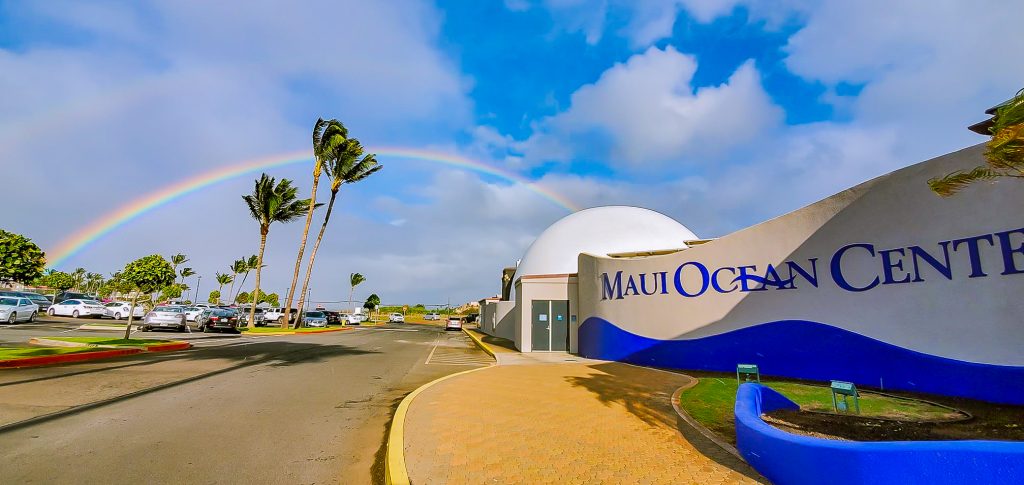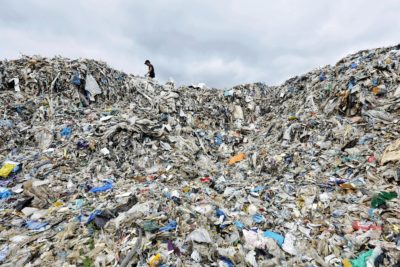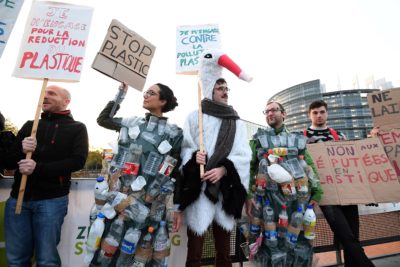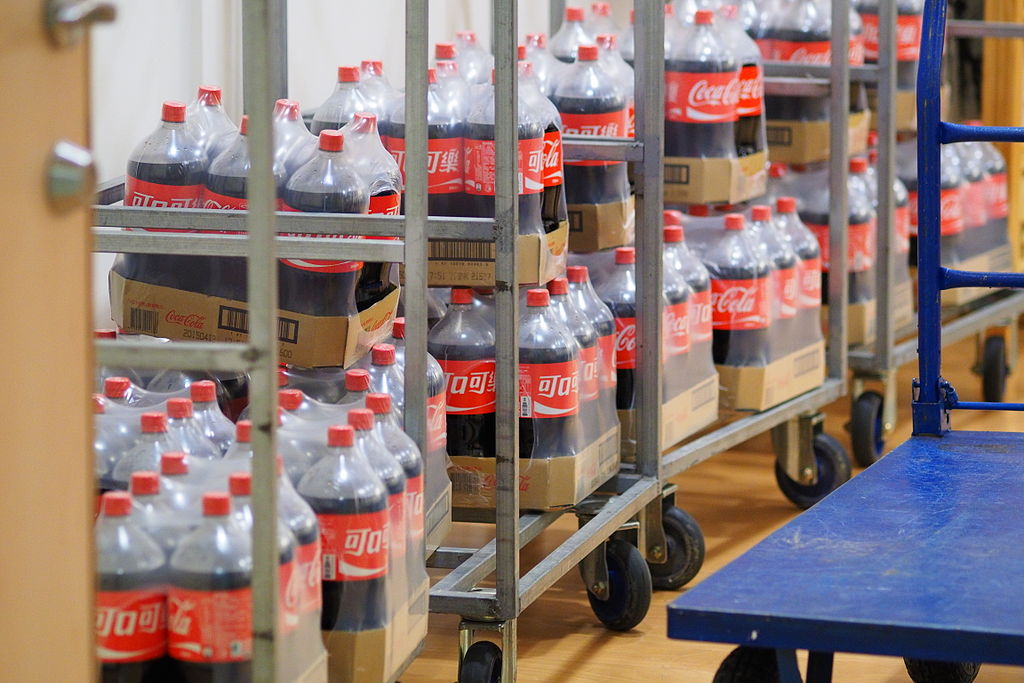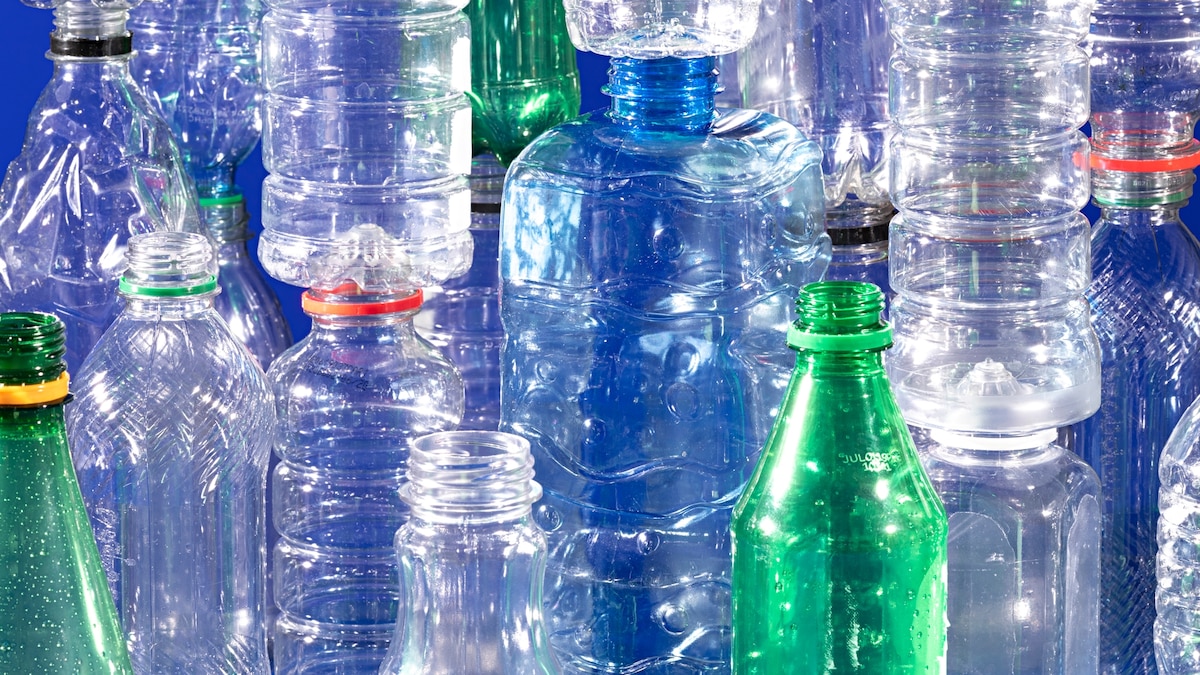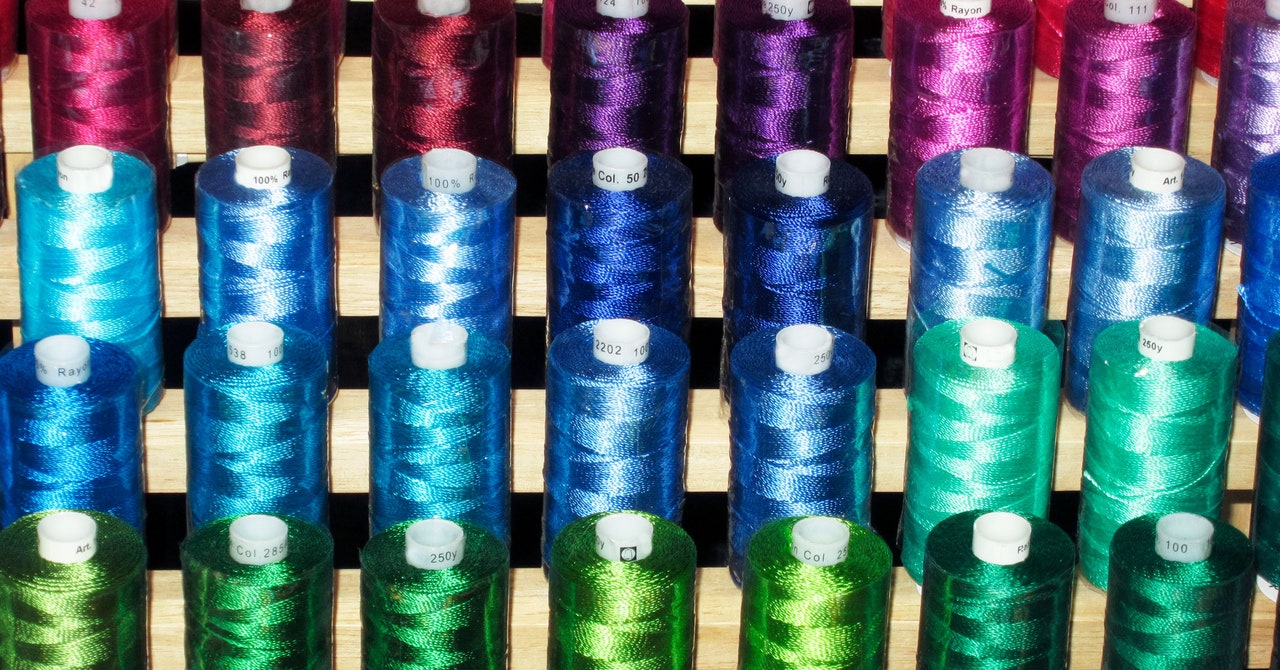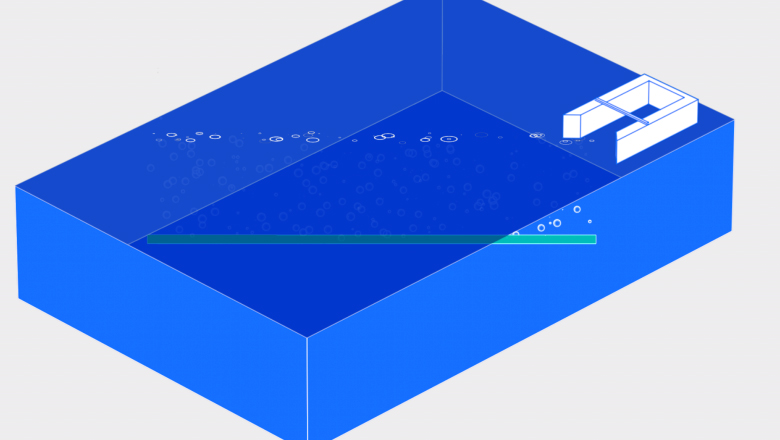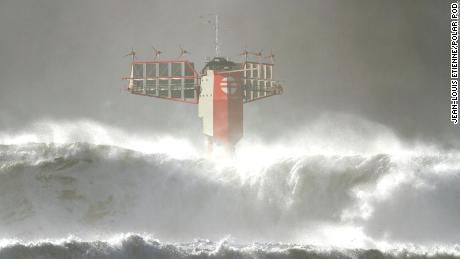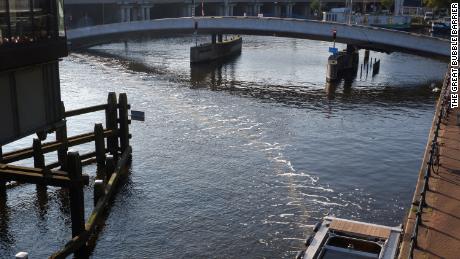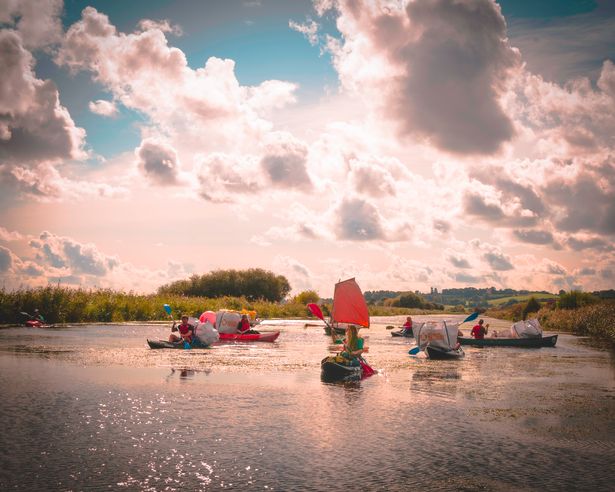The simple plastic bag has come to symbolize the world’s growing problem with plastic waste. Yet globally, there are seven definitions of what is considered a plastic bag—and that complicates efforts to reduce their proliferation.
Banning bags, along with other plastic packaging, is the most commonly used remedy to rein in plastic waste. So far, 115 nations have taken that approach, but in different ways. In France, bags less than 50 microns thick are banned. In Tunisia, bags are banned if they are less than 40 microns thick.
Those kinds of differences create loopholes that enable illegal bags to find their way to street vendors and market stalls. Kenya, which passed the world’s toughest bag ban in 2017, has had to contend with illegal bags smuggled in from Uganda and Somalia. So has Rwanda.
Likewise, millions of mosquito nets that Rwanda imported from the United States arrived in plastic packaging for which the chemical content was not disclosed—even after a Rwandan recycler inquired. That rendered them unrecyclable.
For global companies like Nestlé, which sells food products in 187 countries, that means complying with 187 different sets of national regulations on plastic packaging.
These are but three examples of hundreds of contradictory policies, inconsistencies, and lack of transparency that are embedded in the global plastics trade in ways that make it hard to gain control of the growing accumulation of plastic waste. Not only do definitions differ from country to country, there also are no global rules for such practices as determining which plastic materials can be mixed together in one product; that creates a potential nightmare for recycling. Internationally accepted methods for how to measure plastic waste spilling into the environment don’t exist. Without uniform standards or specific data, the job of fixing it all becomes essentially impossible.
Now, help may be on the way. Support is growing for a global treaty to address plastic waste. At least 100 nations have already expressed support for a plastic treaty, and those involved in preliminary talks are optimistic that one could be approved on a pace that could make a difference, much as the 1987 landmark Montreal protocol prevented depletion of the stratospheric ozone.
“Fundamentally, governments will not be able to do what they are supposed to do if they can’t count on an international partnership and international framework. It is not going to work,” says Hugo-Maria Schally, head of the multilateral environmental cooperation unit at the European Commission. “It is a concrete problem that asks for a concrete solution and a global agreement will provide that.”
Schally’s message to industry is direct: “You can work with public policy (to make) plastic sustainable and that means you can be part of the solution, or you can become defensive and then you’re part of the problem.”
A surge in waste
The primary argument against trying to push a treaty through the United Nations and its 193 member states is that negotiations can drag on for a decade or more, and on the issue of plastics, there is little time to spare.
New plastics waste is created yearly at a rate of 303 million tons (275 million metric tons). To date, 75 percent of all plastic ever produced has become waste, and production is expected to triple by 2050. New research this year suggests that the accumulation of plastic waste in the oceans is also expected to triple by 2040 to an average of 32 million tons (29 million metric tons) a year.
With numbers like those, it’s no surprise that none of the nations that are the most significant contributors of plastic waste to the environment have been able to gain control of their mismanaged waste. And though global treaties take time, no environmental issue of this magnitude has been significantly addressed without one.
Plastic pollution has been on the agenda at the United Nations since 2012. In 2019, when the UN Environmental Assembly last gathered face-to-face in Nairobi, talks about plastic waste were stymied primarily by the United States, which opposed a binding treaty. The only agreement that emerged was an agreement to keep talking.
Over the last decade, the ground has shifted dramatically. “In 2015, no country had expressed an interest in pursuing a global treaty,” says Erik Lindebjerg, who is spearheading the World Wildlife Fund’s plastic waste campaign from Oslo. He helped oversee publication of The Business Case for a UN Treaty on Plastic Pollution, a report prepared in partnership with the Ellen MacArthur Foundation, which details how a treaty could solve an assortment of business problems. “In one sense, we’ve reached a saturation point, so you suddenly see impacts everywhere.”
Industry also has reversed its opposition.
“We have evolved our position as the situation has evolved,” says Stewart Harris, an American Chemistry Council executive speaking on behalf of the International Council of Chemical Associations, a global chemistry association of which the ACC is a member.
“We were concerned with the binding element of a global [treaty]. We felt we weren’t ready for that yet,” he says. “And now that’s changed. Now we do believe a global instrument is needed to help us achieve the elimination of waste in the environment and help companies achieve voluntary commitments.”
What’s on the negotiating table
Preliminary talks are already underway, all aimed at the next in-person meeting in Nairobi, where hopes are high that agreement can be reached to move ahead with treaty discussions.
Scandanavian nations traditionally have run talks about plastic waste, with Norway, as current president of the UN Environmental Assembly, taking the lead. But other groups of nations have been meeting and pushed the conversation forward. Ecuador, Germany, Ghana, and Vietnam have held several sessions, with another planned for September. Small island nations, inundated by drifting plastic waste and with much to lose in climate change, have conducted preliminary talks of their own.
The overarching goal of early talks has been to set a specific date to eliminate plastic from spilling into the oceans. The rest of the agenda is centered around four topics: a harmonized set of definitions and standards that would eliminate inconsistencies such as the definition of a plastic bag; coordination of national targets and plans; agreement on reporting standards and methodologies; and creation of a fund to build waste management facilities where they are most needed in less developed countries.
Christina Dixon, an oceans specialist at the Environmental Investigation Agency, an environmental nonprofit based in London and Washington, says that the existing methods for managing the plastic marketplace are not sustainable. “We need to find a way to look at plastic with a global lens. We have a material that is polluting throughout its lifecycle and across borders. No one country is able to address the challenge by itself.”
The power of the public—and of dialogue
Public opinion is also prompting change. Plastic pollution ranks as one of the three most-pressing environmental concerns, along with climate change and water pollution, according to a 2019 survey included in the Business Case for a UN Treaty report. Young activists who took to the streets in 2019 to protest lack of action on climate have been paying attention to plastic waste. Multiple industry studies show that Gen Z and Millennials are pushing makers of consumer products towards sustainability practices.
Then, there’s a simple matter that the opposing sides are now talking to each other.
In 2019, Dave Ford, a former advertising executive whose company had been hosting corporate leaders on expensive trips to Antarctica, Africa and the like, decided to host a four-day cruise and talkathon from Bermuda to the Sargasso Sea for 165 people working on plastic waste. The passenger roster ranged from executives at Dow Chemical to Greenpeace. In a move designed to get maximum publicity, a Greenpeace activist roomed with a Nestlé executive in what became known on board as the Sleeping With The Enemy moment.
The ploy worked. Many members from the cruise are still talking to each other and tensions that had been building eased. Ford has since founded the Ocean Plastics Leadership Network and recruited additional activists and industry executives to join the conversation.
“What we’re trying to do is get all the parties historically fighting each other to understand where everybody sits,” Ford says. “In a lot of cases, they might be closer than they think.”
